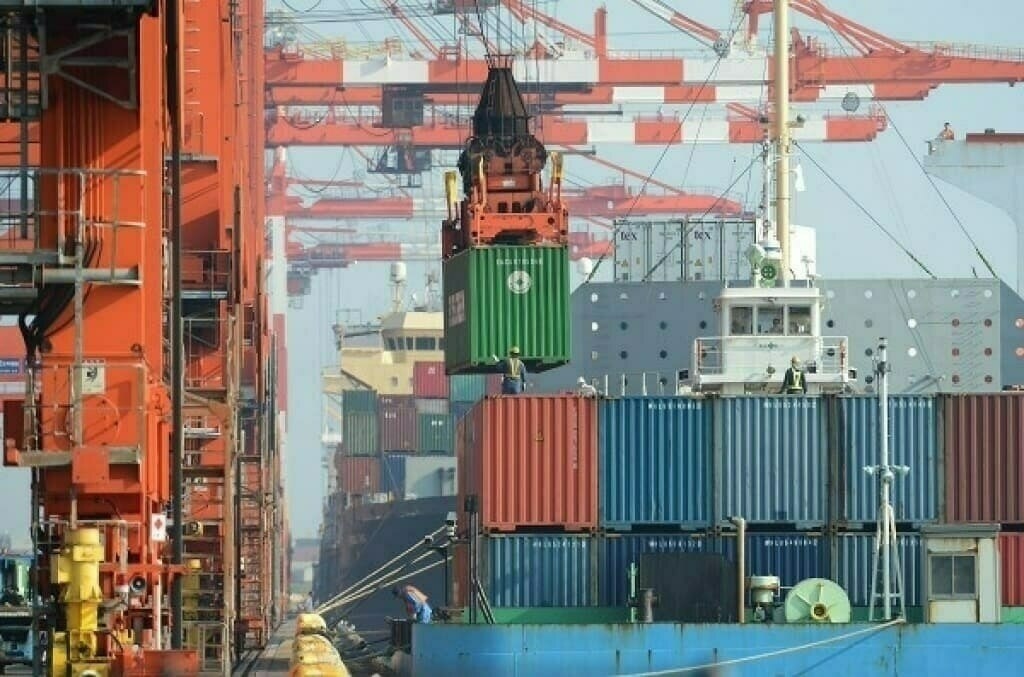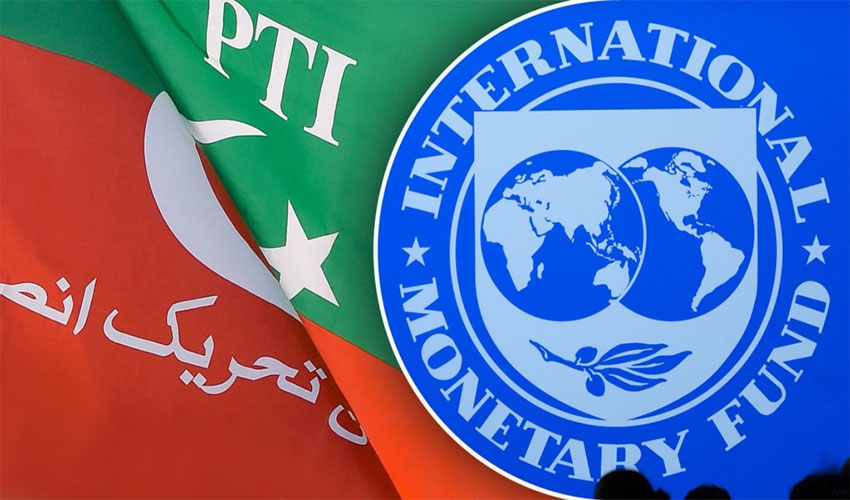PTBP Web Desk
Pakistan’s exports have recorded a significant increase of 14% at the start of the 2024-25 financial year, driven largely by the efforts of the Special Investment Facilitation Council (SIFC).
According to official statistics, the country’s exports increased by $620 million in August, reaching a total of $5.1 billion. This rise in export activity has played a key role in narrowing Pakistan’s trade deficit, which fell from $3.751 billion at the beginning of the fiscal year to $3.6 billion.
The growth in exports, combined with a decrease in imports of high-duty items, has been a major factor in improving Pakistan’s economic outlook. Imports of items such as vehicles, home appliances, garments, fabrics, and footwear fell by 1.3% in August, easing some of the pressure on the country’s balance of payments. This reduction in imports, particularly of consumer goods subject to high duties, is in line with government efforts to curtail unnecessary expenditures and promote domestic industry.
The Special Investment Facilitation Council (SIFC) has been instrumental in supporting Pakistan’s export growth. The SIFC has been working closely with the government to implement various measures aimed at enhancing domestic exports and stabilizing the economy. One of the key initiatives in this regard has been the development and finalization of a trade liberalization plan. This plan is designed to remove barriers to trade, streamline export processes, and create a more favorable environment for exporters.
By promoting trade liberalization and facilitating investments, the SIFC is helping Pakistan unlock new export opportunities, expand its global trade footprint, and reduce reliance on imports. These efforts are crucial for the country’s long-term economic stability and growth, particularly as it continues to deal with the challenges of a large external debt burden and trade imbalances.
The increase in exports has had a positive impact on Pakistan’s trade deficit. A narrower trade deficit means the country is importing less compared to its export revenue, which can help strengthen foreign reserves and reduce the need for external borrowing. In August, Pakistan’s trade deficit stood at $3.6 billion, down from $3.751 billion at the start of the fiscal year. This reduction, though modest, marks a step in the right direction for the country’s economic recovery.
The government, with the support of SIFC, is considering additional measures to further enhance exports and reduce external debt. One of the key strategies being implemented is to focus on increasing the export of high-value goods and services, particularly in sectors like Information and Communication Technology (ICT), which has seen remarkable growth.
Additionally, the government has been taking steps to reduce the country’s external debt. Over the past few months, these efforts have started to yield results, with the external debt burden showing signs of decline. This reduction in debt, coupled with increasing exports, is expected to provide some much-needed relief to the country’s struggling economy.
One of the most promising developments in Pakistan’s export sector is the significant growth in ICT export remittances. The country’s Information and Communication Technology (ICT) export remittances surged by 30% during the first two months of the 2024-25 financial year (July-August), reaching $584 million. This is a substantial increase from the $449 million recorded during the same period in the previous fiscal year (2023-24).
According to the Ministry of Information Technology and Telecommunication, Pakistan received $298 million in ICT services export remittances in August 2024 alone, representing a 26.8% increase compared to the $235 million recorded in August 2023. Moreover, in comparison to July 2024, ICT export remittances increased by $12 million, marking a 4% growth.
This surge in ICT exports is a clear indication of Pakistan’s growing capabilities in the tech sector, which has become a crucial part of the country’s overall export strategy. The government has been actively supporting the development of the ICT sector by providing incentives, improving infrastructure, and encouraging foreign investments in technology and telecommunications.
As Pakistan continues to focus on boosting exports, the role of initiatives like the SIFC and government-led reforms will remain vital. The trade liberalization plan, coupled with ongoing efforts to enhance competitiveness in key sectors like textiles, ICT, and manufacturing, is expected to lead to further increases in export revenue.
However, challenges remain. Pakistan must continue to address structural issues within its economy, including the need for more diversified exports and greater value addition. Additionally, the government must balance its efforts to reduce imports with the need to ensure that critical goods, such as raw materials for industry, remain accessible and affordable.
The narrowing trade deficit and the rise in exports are positive signs, but sustained growth will require consistent policy efforts, strategic investments, and improved infrastructure. The ICT sector, in particular, offers a strong growth avenue for the future, and its continued expansion will be critical to Pakistan’s broader economic recovery.




